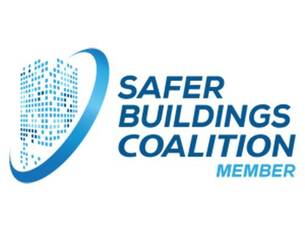Communications Reliability for Emergency First Responders.
Comsec is a public safety compliance service offering testing, inspection, and compliance for in-building radio communications systems
California Fire Code
Section 510.1
"All new buildings shall have approved radio coverage for emergency responders within the building based upon the existing coverage levels of the public safety communications systems of the jurisdiction at the exterior of the building. This section shall not require improvement of the existing public safety communications systems."
- Third-Party Inspection
- Annual System Testing
- Plan Checking Service
- System Commissioning
- System Design
- Creation of Plan Submittals
- Troubleshooting & Repair
- Interference Identification and Elimination
- Preparation of Fire Department Regulations
- On-Site & Regional Training Sessions
Section 510.1
"All new buildings shall have approved radio coverage for emergency responders within the building based upon the existing coverage levels of the public safety communications systems of the jurisdiction at the exterior of the building. This section shall not require improvement of the existing public safety communications systems."
- Third-Party Inspection
- Annual System Testing
- Plan Checking Service
- System Commissioning
- Troubleshooting & Repair
- Interference Identification and Elimination
- Preparation of Fire Department Regulations
- On-Site & Regional Training Sessions

Our mission is to ensure emergency first responders can communicate effectively, not to get rich, which is reflected in our fees and work.
Over 30 years of individual experience in public safety radio communications
Over 30 years of individual experience in public safety radio communications
Independent of any manufacturer or contractor
Independent of any manufacturer or contractor
Direct experience with emergency responders
Direct experience with emergency responders
Expertise in working with Fire Code Officials
Expertise in working with Fire Code Officials
The Inspection Process
The lives of emergency responders, and the lives of the people they serve, depend on the ability of emergency personnel to communicate using their radios. When we inspect a building we keep this foremost in mind.
Emergency Preparedness Assessment
We begin by analyzing building floor plans to identify critical areas during emergencies, such as stairwells, fire control rooms, elevator lobbies, and areas of refuge. A test grid is then overlaid on each floor, with special focus on these key locations.
Coordinated Compliance Review
Next, we assess any local jurisdiction requirements and coordinate with radio maintenance staff or the communications center to schedule testing, ensuring minimal interference. Thanks to our established relationships with numerous agencies, this process typically runs smoothly.
On-Site System Testing and Compliance
Upon arrival, we conduct tests on antenna isolation, uplink/downlink amplification, maximum power output, and noise/spurious emissions to prevent interference with the public safety radio system. We also inspect the system for compliance with the California Fire Code and local regulations. This step is skipped if we are performing a preliminary test to determine the necessity of a system.
Comprehensive Grid Testing
Next, we perform the grid test, walking through the entire building to measure radio signal strength according to the California Fire Code and local jurisdiction requirements. If we detect any incorrect configurations or anomalies during the inspection, we collaborate with the contractor to address and correct them on the spot if possible. The primary objective is to ensure full compliance with the Code.
Detailed Reporting and Analysis
Finally, we generate a comprehensive report of our findings, complete with explanations and background information. Recognizing that the uplink signal is often the 'weak link' in communication, we measure both uplink and downlink paths. If direct measurement of the uplink is impractical, we calculate it using detailed formulas, and present the calculations for review.
Comprehensive Training for Emergency Responder Radio Coverage Systems (ERRCS)
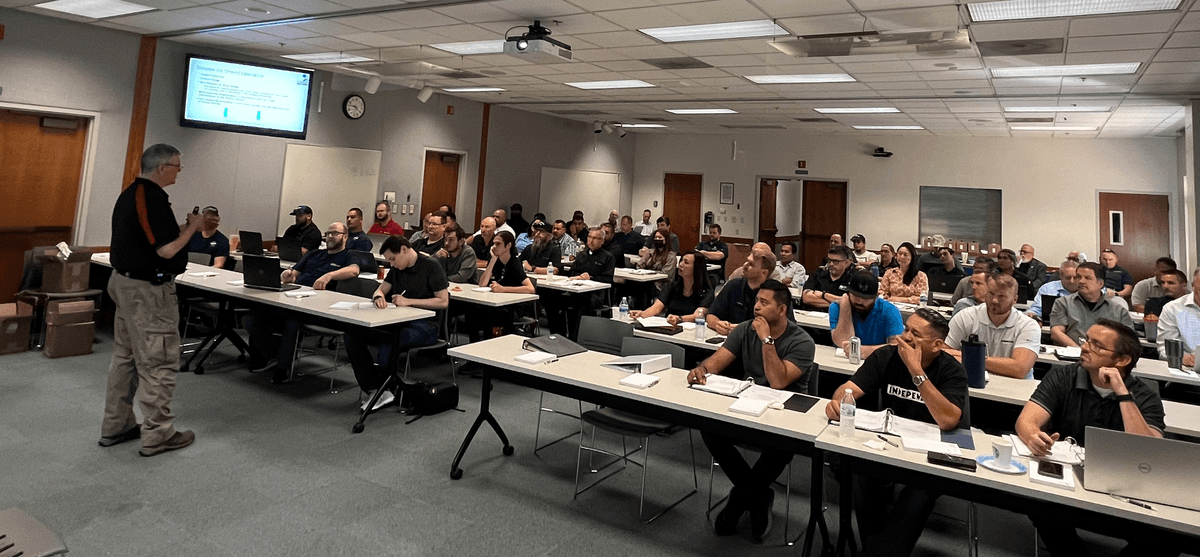
ERRCS Comprehensive Training
Comsec provides specialized training on the essential technologies, codes, and standards for Emergency Responder Radio Coverage Systems (ERRCS). Designed for fire prevention officers, installers, designers, and engineers, our courses cover the core aspects of ERRCS, including RF propagation, system components, design best practices, installation, code compliance, and troubleshooting. Our training equips you with the skills needed to ensure the optimal performance and reliability of these critical systems.
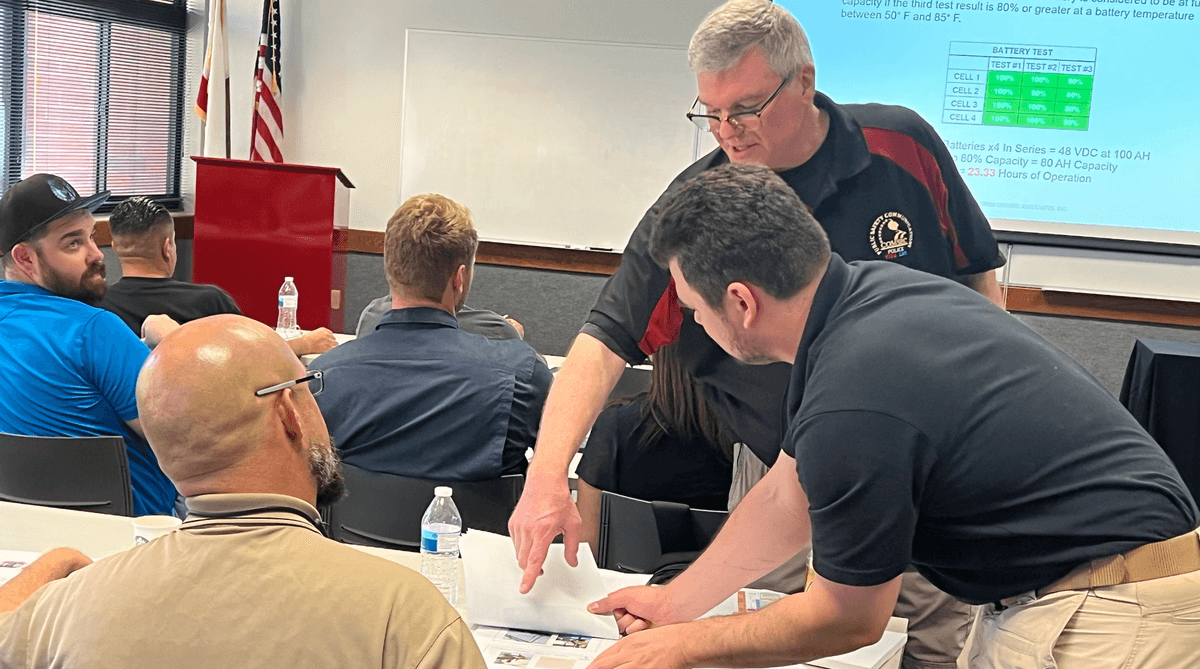
Tailored ERRCS Training Programs
Our seasoned instructors deliver a blend of classroom lectures, hands-on exercises, and real-world scenarios to provide a comprehensive understanding of ERRCS technology. We offer customized training programs tailored to your organization's specific needs. Whether you aim to deepen your knowledge of the latest codes and standards, refine your installation techniques, or troubleshoot complex issues, Comsec's ERRCS training equips you with the expertise to ensure optimal performance and reliability of these critical systems.
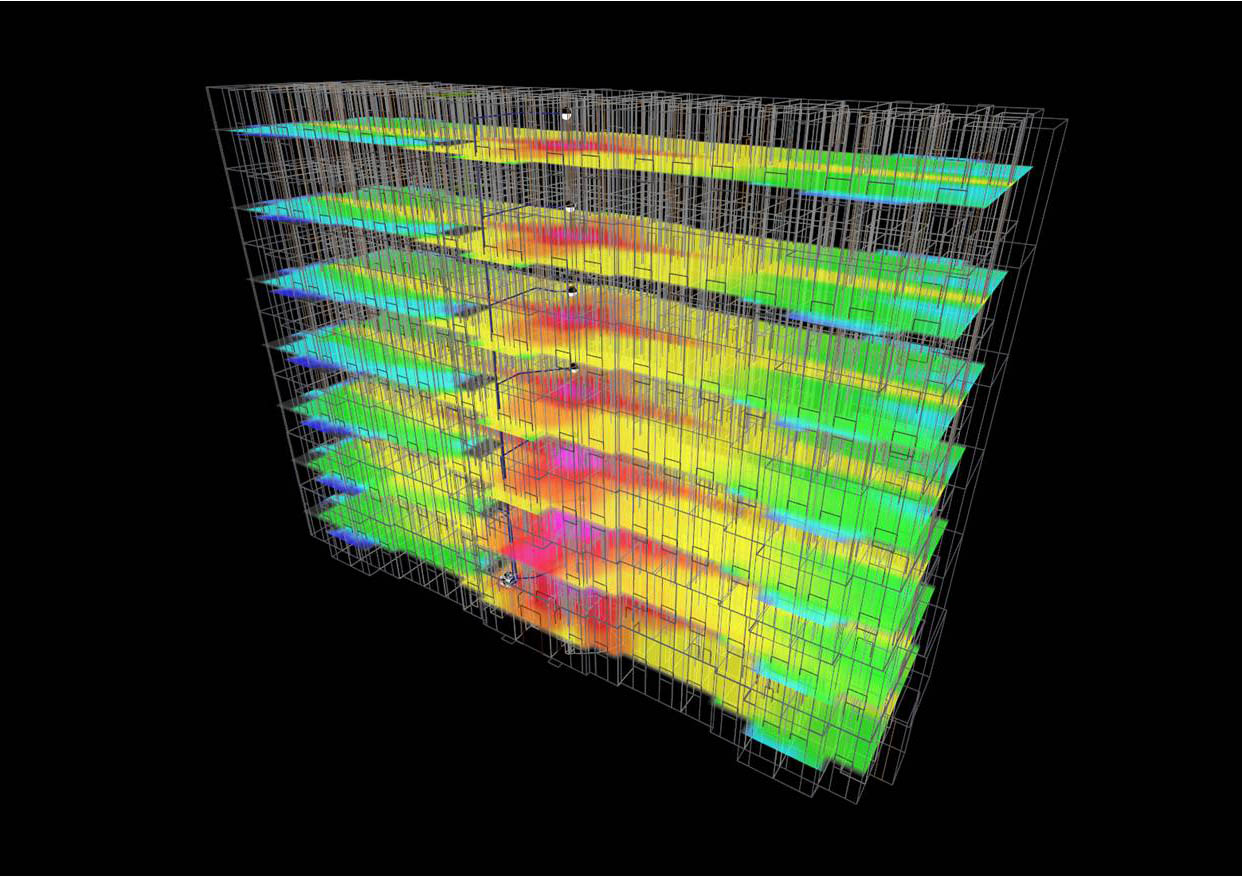
Expert Design and Commissioning Services for Emergency Responder Radio Communications Systems

DESIGN
Comsec Associates offers expert design and commissioning services for Emergency Responder Radio Communications Systems (ERRCS). While you handle the equipment procurement, we bring the knowledge and expertise to ensure a seamless and effective system deployment. Our seasoned engineers and technicians collaborate with you to design a system tailored to your facility's unique needs, guaranteeing compliance with all relevant codes and standards.
Our design services are available Nationwide. Please note that we cannot provide design services in areas where we serve as the Authority Having Jurisdiction (AHJ) or represent FCC license holders.
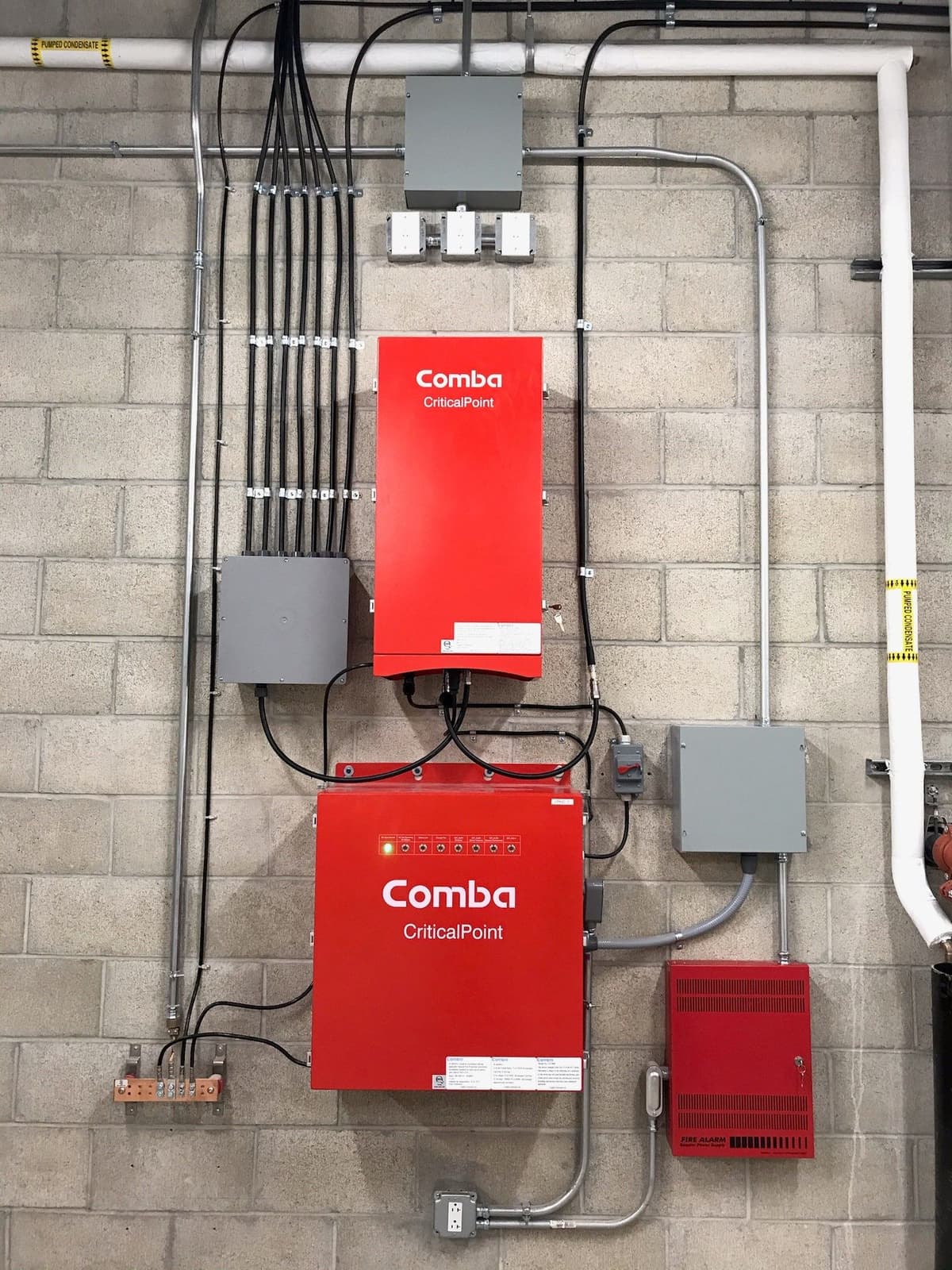
COMMISSIONING
Commissioning a signal booster system is the most hazardous activity, as it connects the amplifier to the government radio system. An improperly commissioned ERRCS can literally take the radio system off the air, and incur significant fines for the building owner and contractors. We take a comprehensive approach to commissioning, meticulously testing and optimizing every aspect of your ERRCS to guarantee optimal performance and reliability. From signal strength and coverage analysis to battery backup verification and alarm interface testing, our rigorous commissioning process leaves no room for error. By choosing Comsec Associates, you can rest assured that your ERRCS will be ready to provide clear and reliable communication for emergency responders when it matters most. Commissioning services are available throughout Southern California.
Real-world experience is key.
We have decades of real-world experience managing the communication systems relied upon daily by emergency first responders. Since 1977, we have designed, implemented, and managed public safety communication systems for government agencies.
Steve Hronek
CEO
Our CEO was employed by the City of Glendale as Division Head of the Wireless Communications Division, and was responsible for every aspect of the radio communications system used by the Police, Fire, Public Works, and Water & Power Departments, as well as serving as the Founder, Executive Director, and the Chairman of the Technical Committee, of the countywide Interagency Communications Interoperability System (ICI) multi-agency regional public safety radio system. Prior to working for the City of Glendale, and founding the ICI System, he was responsible for all radio communications systems operated by the City of Beverly Hills, working out of the Beverly Hills Fire Department.
Since retiring from the City, he has remained a consultant in the operation and management of public safety radio systems, and was asked by Fire Prevention Officials to help them understand the Code, and to conduct third-party inspections. Since then, we have been all over Southern California conducting third-party inspections and helping developers and system integrators understand the Code, and bring their projects into compliance.
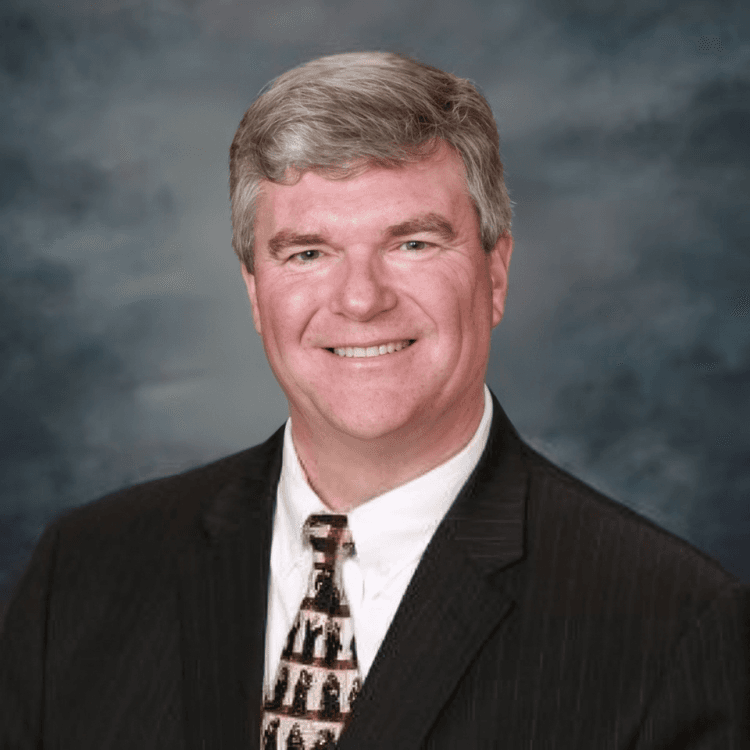
Steve Hronek
CEO
Our CEO was employed by the City of Glendale as Division Head of the Wireless Communications Division, and was responsible for every aspect of the radio communications system used by the Police, Fire, Public Works, and Water & Power Departments, as well as serving as the Founder, Executive Director, and the Chairman of the Technical Committee, of the countywide Interagency Communications Interoperability System (ICI) multi-agency regional public safety radio system. Prior to working for the City of Glendale, and founding the ICI System, he was responsible for all radio communications systems operated by the City of Beverly Hills, working out of the Beverly Hills Fire Department.
Since retiring from the City, he has remained a consultant in the operation and management of public safety radio systems, and was asked by Fire Prevention Officials to help them understand the Code, and to conduct third-party inspections. Since then, we have been all over Southern California conducting third-party inspections and helping developers and system integrators understand the Code, and bring their projects into compliance.
DAS Installing Contractors
We've trained and inspected several DAS installation contractors, and those listed here have proven their competence on past projects.
 Gregg Miller949-521-3904 cellgmiller@ascisecurity.com
Gregg Miller949-521-3904 cellgmiller@ascisecurity.com Robert Kesling310-365-3257rkesling@digitechx.com
Robert Kesling310-365-3257rkesling@digitechx.com
 Foothill Communications626-744-9292 officecliff@foothillcommunications.com
Foothill Communications626-744-9292 officecliff@foothillcommunications.com
 Summer Svalberg406-570-8572 cell909-472-2710 officessvalberg@hcisystems.net
Summer Svalberg406-570-8572 cell909-472-2710 officessvalberg@hcisystems.net Patrick Doran818-516-1513 cellpatrick@mediasystemsdesign.com
Patrick Doran818-516-1513 cellpatrick@mediasystemsdesign.com
Some of Our Projects
Inspection and Optimization
- Irvine Spectrum Center - Inspection and Optimization
- City of Hope Cancer Center Irvine - Inspection and Optimization
- Jefferson Stadium A-B-C Anaheim - Inspection and Optimization
- Sony Pictures Studios Culver City - Inspection and Optimization
- Santa Monica Fire Department Headquarters - Inspection and Optimization
- Entrada Creative Complex Culver City - Plan Check, Inspection, and Optimization
- Chevron Refinery El Segundo - Inspection, Optimization, and Consulting
Inspection
- Centerpointe Irvine - Inspection
- Broadcom Campus Irvine - Inspection
- Newport Center Towers Newport Beach - Inspection
- Ivy Station Offices Hotel and Residential Complex Culver City - Plan Check and Inspection
- Culver Studios Culver City - Plan Check and Inspection
- Americana at Brand Glendale - Plan Check and Inspection
- Apple TV+ Culver City - Plan Check and Inspection
- 10 WEST Mixed Use Development Pasadena - Inspection
- Anaheim Convention Center - System Evaluation
- Huntington Hospital Pasadena - Inspection
- Gilead Sciences Campus La Verne - Inspection
- Cedars Sinai Labs Beverly Hills - Plan Check and Inspection
- Nantworks Culver City - Plan Check and Inspection
- Los Angeles Times El Segundo - Plan Check and Inspection
- Kaiser Medical Center Irvine - Testing and Inspection
- Los Angeles Lakers Training Center El Segundo - Plan Check and Inspection
- Spectrum Terrace Irvine - Inspection
Plan Check
- Intuit Arena Inglewood - Plan Check
- Ivy Station Offices Hotel and Residential Complex Culver City - Plan Check and Inspection
- Culver Studios Culver City - Plan Check and Inspection
- Sony Pictures Studios Culver City - Inspection and Optimization
- Americana at Brand Glendale - Plan Check and Inspection
- Apple TV+ Culver City - Plan Check and Inspection
- 10 WEST Mixed Use Development Pasadena - Inspection
- Cedars Sinai Labs Beverly Hills - Plan Check and Inspection
- Nantworks Culver City - Plan Check and Inspection
- Los Angeles Times El Segundo - Plan Check and Inspection
- Los Angeles Lakers Training Center El Segundo - Plan Check and Inspection
System Optimization and Testing
- SoFi Stadium Inglewood - System Optimization and Coverage Testing
- Amazon Distribution Center Torrance (Los Angeles) - System Commissioning and Testing
- Southern California Gas Company Los Angeles - Testing and Consulting
Consulting
- Chevron Refinery El Segundo - Inspection, Optimization, and Consulting
- Southern California Gas Company Los Angeles - Testing and Consulting
- The Shops at Santa Anita Mall - Inspection and Consulting
- Westfield Topanga Mall - Radio Coverage Testing
- Westfield Culver City Mall - Inspection and Consulting
Some of Our Customers
- City of Alhambra
- City of Beverly Hills
- City of Bell Gardens
- City of Culver City
- City of El Segundo
- City of Glendale
- City of Glendora
- City of Hermosa Beach
- City of Huntington Park
- City of La Verne
- City of Monrovia
- City of Monterey Park
- City of Pasadena
- City of San Gabriel
- City of San Marcos
- County of Los Angeles
- California Institute of Technology (Caltech)
- The Irvine Company
- University of Nevada Las Vegas
- Cedars Sinai Medical Center
- Huntington Hospital, Pasadena
- Hilton Hotels
- Sheraton Hotels
- Hyatt Hotels
- Waldorf Astoria Beverly Hills
- Caruso
- Westfield Property Management
- Interagency Communications Interoperability System JPA (ICI-System)
- South Bay Regional Public Safety Communications Authority

Frequently asked questions
What is an Emergency Responder Radio Coverage System (ERRCS)?
An Emergency Responder Radio Coverage System (ERRCS) consists of one or more antennas that point toward radio tower sites identified by the local jurisdiction. These antennas feed signals to and from a bidirectional amplifier (BDA). The BDA is the heart of the ERRCS, as it increases the strength of radio signals entering and exiting the building, ensuring they can travel to and from the user's radio. To distribute the amplified signals throughout the building, there is a network of antennas known as the distributed antenna system (DAS).
Why do I need an ERRCS?
When an agency builds a radio system, they design it to cover the agency's area of responsibility as completely as possible. However, due to funding limitations, difficulties in finding suitable radio sites, and the unpredictable materials within buildings that affect radio signals, complete coverage can be challenging. In response to the deaths of emergency responders unable to communicate within buildings, the California Legislature enacted laws mandating that building owners ensure reliable radio communications throughout new constructions.
Why is the BDA considered the heart of the ERRCS?
The BDA is the most crucial component of the ERRCS because it amplifies the radio signals entering and exiting the building, ensuring effective communication. However, if not designed, installed, and adjusted correctly, it can cause severe interference, potentially making the jurisdiction's entire public safety radio system unusable.
What is a Distributed Antenna System (DAS)?
A Distributed Antenna System (DAS) is a network of antennas distributed around a building to distribute the amplified signals from the BDA throughout the structure. This ensures that radio signals can effectively cover the entire building.
Why should I care about having an ERRCS/BDA/DAS system?
ERRCS, BDA, and DAS systems, when properly implemented, save lives and property by ensuring reliable communication for emergency responders within buildings. This reliable communication is crucial for the safety and effectiveness of emergency response operations.
How does the local jurisdiction identify radio tower sites for ERRCS?
Local jurisdictions identify radio tower sites that the ERRCS antennas will point toward. These sites are crucial for ensuring that the ERRCS can effectively feed signals to and from the radio system used by emergency responders.
What prompted the California Legislature to mandate ERRCS in new constructions?
The mandate for ERRCS in new constructions was prompted by incidents where emergency responders lost their lives due to an inability to communicate from within buildings. To address this issue, the California Legislature enacted laws requiring building owners to ensure reliable radio communications within their structures.
